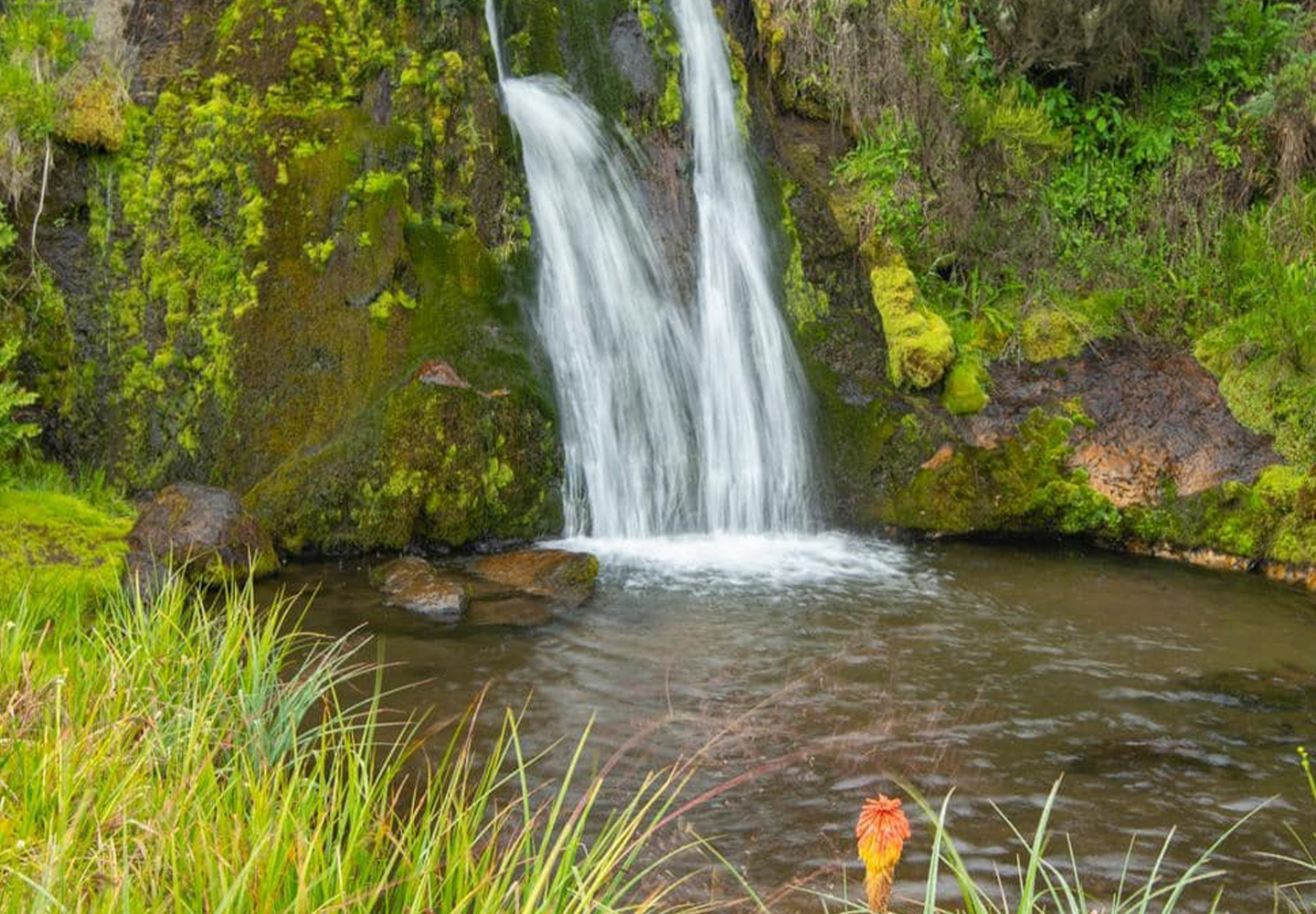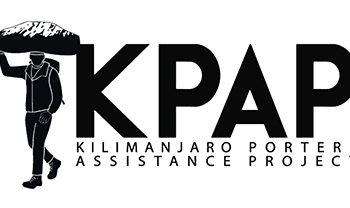Udzungwa National Park
In a broad arc running 500 miles down the eastern
side of Tanzania are seven ancient mountain
ranges. This Eastern Arc, as it is known, is the
first barrier in East Africa to the moist trade
winds of the Indian Ocean. From the rising air fall
torrents of warm rain in thunderous storms and
lightning displays, and endless weeks of mist and
cloud. This has been a pattern for tens of millions
of years, creating the oldest rain forests in Africa
and amongst the oldest in the world.
These forested islands are surrounded by seas of drier
savannas, and their isolation has led to the evolution
of the most unique and varied plant and animal life in
all of Africa. The fascinating thing about them is how
unexplored they are. A completely new species of
monkey, the Sanje mangabey was discovered as recently
as 1979, and a new species of francolin (partridge
family) was first discovered by scientists in 1992 – the
Udzungwa Forest Francolin.
The Tanzanian Government acted quickly to save the
last and largest of these forests by creating the 1,990
sq. km Udzungwa National Park in 1992.
The vegetation is absolutely pristine closed canopy
forest, with woodland and moorland in some of the
surrounding and higher areas. Udzungwa gets a lot
of rain and mist and numerous clear rushing streams
flow through this rugged forested landscape down to
the Kilombero plains far below to the south west. The
altitude range in the Park is from 250–2,576 meters,
and remarkably there are parts where almost this entire
altitude range has unbroken forest cover, from miombo
through bamboo to lowland and highland forest.

Wildlife
It is a naturalist’s paradise with dozens of unique species across the animal spectrum from insects to reptiles and frogs to birds and primates. Six monkey species live in the forests and woodlands, two of which are found only here (the Sanje Mangabey and the Iringa Red Colobus). There are more than 400 bird species, and thousands of different plant species. Wildlife also includes buffalo, elephant, leopard, forest antelope, warthog, and bush pig. Lion live in the woodlands and upper moorlands but are rarely seen.
Getting there
Road. To drive from Dar es Salaam, take the Morogoro
road and continue for around 4 hours through
Chalinze, Morogoro and Mikumi National Park to Mikumi town. In Mikumi town, take a left turn
following the signs for Ifakara and Udzungwa
Mountains National Park.
You pass through the town of Kilombero
and cross the mighty Ruaha River to Kidatu,
with its hydroelectric power station and Ilovo
headquarters. Here the tarmac road ends, and
you continue along on a graded dirt road for
24km. Look out for Sanje waterfall on your right
when you pass through Sanje Village. You will
see the sign for the National Park on your right
once you reach the village of Mang’ula.
or
An alternative route can take you through
Nyerere National Park. This route is newly
completed by TANAPA and allows a circuit to be
driven from Dar to Selous, on to Udzungwa, then
up to Mikumi and back to Dar (or the other way
around).
Train. The TAZARA railway from Dar es Salaam to
Zambia departs on Tuesdays and Fridays at
approximately 2pm. The journey to Mang’ula
where the park headquarters is takes 6 - 7
hours. The train is a great way to reach the park:
it is comfortable and affordable, with food,
drinks, cold beers available. It passes through
some wonderful countryside including Nyerere
National Park where you might see some wildlife.
The train returns from Zambia to Dar es Salaam,
passing through Mang’ula on Thursdays and
Sundays.
Air. Coastal operate daily flights to/from Udzungwa/
Kilombero to Dar es Salaam and Zanzibar. This
flight runs every afternoon and links Udzungwa
to the rest of the safari circuit.
It is also possible to fly to Mikumi airport using
Safari Airlink and drive down the valley to
Udzungwa.
When to go
The Udzungwa Mountains are a year round destination. time for hiking.








